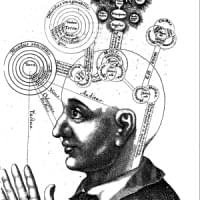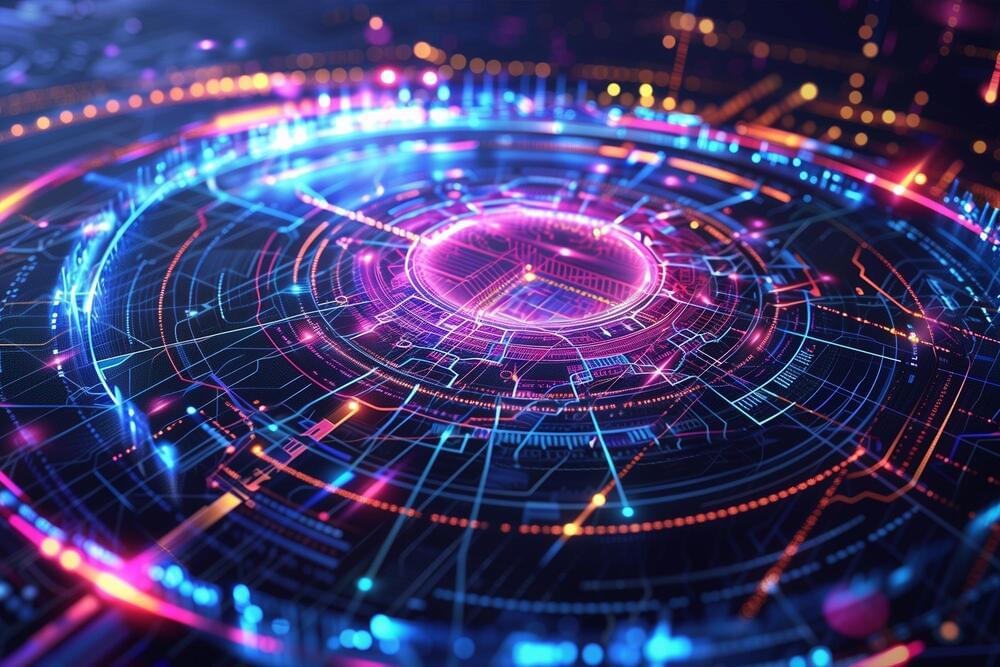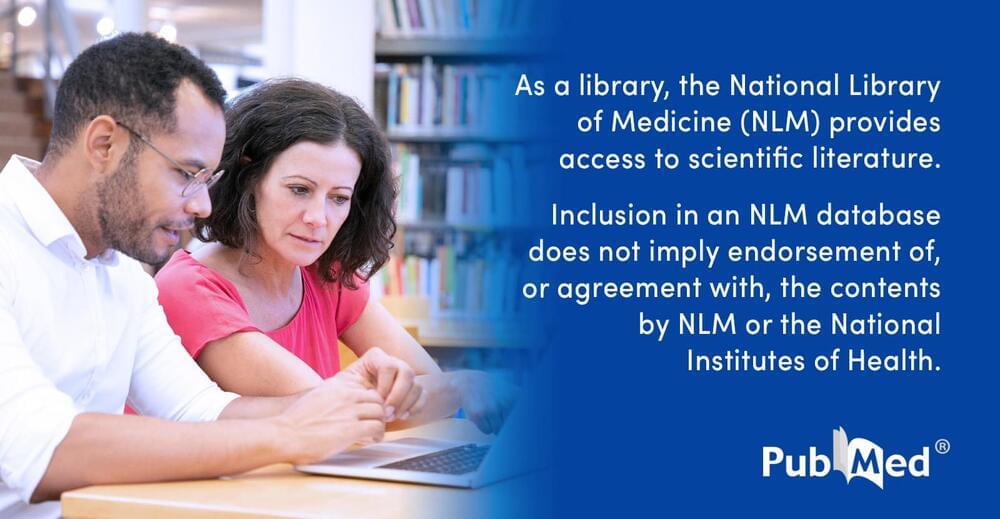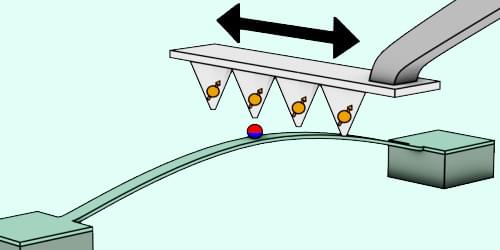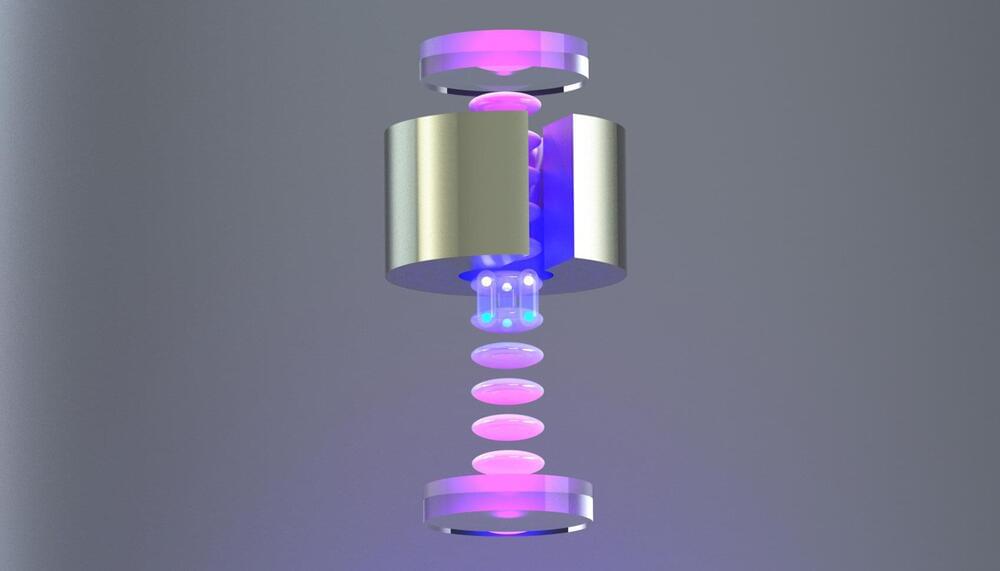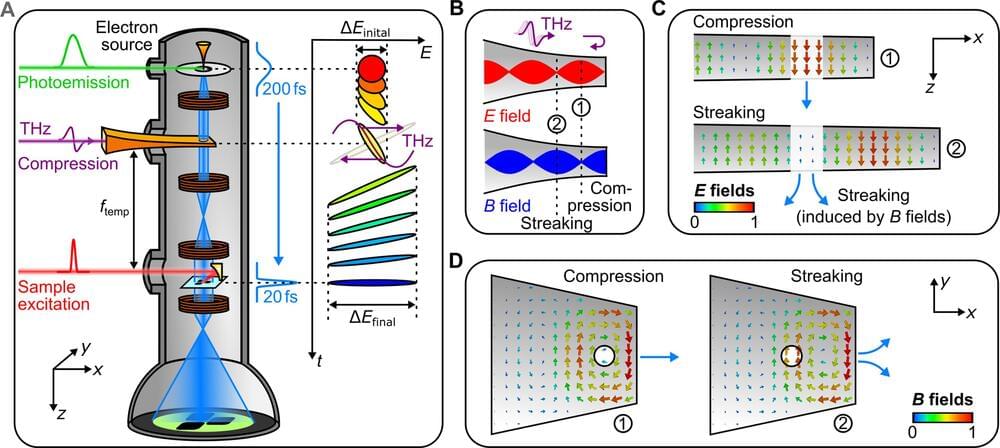Philosopher Wilfrid Sellars had a term for the world as it appears, the “manifest image.” This is the world as we perceive it. In it, an apple is an apple, something red or green with a certain shape, a range of sizes, a thing that we can eat, or throw.
The manifest image can be contrasted with the scientific image of the world. Where the manifest image has colors, the scientific one has electromagnetic radiation of certain wavelengths. Where the manifest image has solid objects, like apples, the scientific image has mostly empty space, with clusters of elementary particles, held together in configurations due to a small number of fundamental interactions.
The scientific image is often radically different from the manifest image, although how different it is depends on what level of organization is being examined. For many purposes, including scientific ones, the manifest image, which is itself a predictive theory of the world at a certain level or organization, works just fine. For example, an ethologist, someone who studies animal behavior, can generally do so without having to concern themselves about quantum fields and their interactions.
